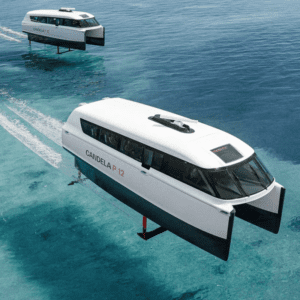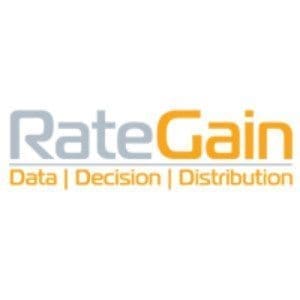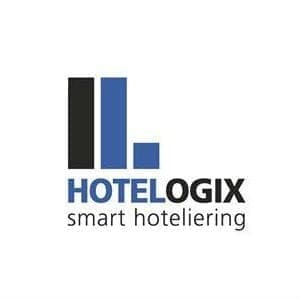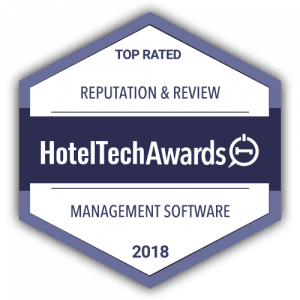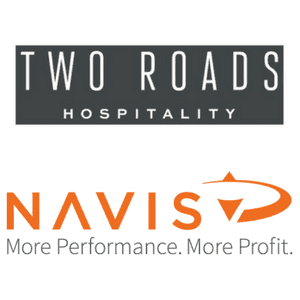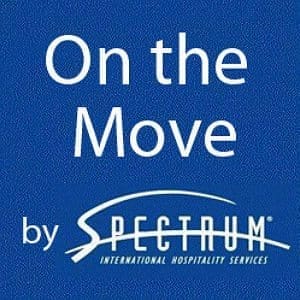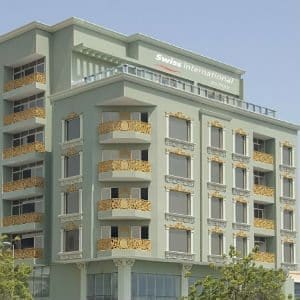In part one of this article series, I primarily focused on the logical L- directive business approach. In part two, I will be solely committed to the R- directive side of the equation.
I would first like to start off by showcasing two hotel brands that are in their right minds. The first is the Hotel Seven hotel group in France that created the James Bond double 007 hotel experience. The second is the Library Hotel Collection in New York that possesses a high level of hospitality intelligence/R-directive perspective. Both hotel groups created total customer experience design elements and processes throughout their entire business enterprise. They did not approach this as a promotional or marketing gimmick, nor was it some kind of seasonal amenity offering.
Both groups methodically and strategically conceptualized the guest experience they wanted to deliver from the top down, and looked at how they could create a sustainable competitive advantage that had the capabilities to differentiate over the commodity position of the industry. They also looked at what they could be great at, as well as making sure they could confidently manage expectations and anticipate the customer’s needs in this type of customer experience ecosystem.
If we were to take a moment and look at the logical business results of these two groups, we would find that they have consistently achieved high levels of occupancy, ADR, REV-Par and over-the-top advocacy benefits through this R-directive business approach. Both groups have tremendously high rankings and ratings on travel social media sites i.e. Trip Advisor, etc. as well as having strong customer satisfaction scores across the board.
I also think it’s safe to say, that both brands have achieved a strong level of brand relevance in the marketplace, as well as they stand out from the competition. They have developed a balanced approach to competing on the non-tangible elements of the business, i.e. the total customer experience, as well as the reasonable business practices for elevating passed the commodity position of the industry. This is just a couple of examples of organizations that possess a high level of hospitality intelligence.
The 50:50 R – directed business perspective
When achieving a more balanced business perspective for dealing with the challenges within your business and creating sustainable growth and performance, you need to utilize a customer experience design platform for establishing a customer experience focused business discipline within your entire hospitality enterprise. You want a stronger presence of R-directive qualities for generating solutions and stronger business strategies because in the hospitality industry, you’re providing an experience. (It really is your true value proposition.) The intention is to make a positive and memorable experience that will generate sustainable performance on multiple levels in the hospitality enterprise.
R-directive organizations understand the importance of repositioning the business model value proposition towards the total customer experience. This enabled the two organizations I spoke about earlier to design and build significance through this repositioning of the business offering. By pivoting more to the right side, it allowed for creativity, innovation and many other R-directed qualities to be made available within the organization for the development of the overall customer focused business strategies.
Here are some insights and best practices on how they did it
An organization with a strong presence of R-directed/hospitality intelligence thinking utilizes empathy as one of the chief design motivators for solving problems and influencing their strategic approaches. They creatively brainstorm ideas and are innovative in their action plan development. They will look to see what adds to the guest experience and what detracts from it. The entire organization is focused on the customer journey and the customer lifecycle. The business culture is intuitively focused on creating a solution that makes the guest feel good about themselves, instead of making the guest feel good about the business as the path for building the brand equity.
Basically, solutions will be considered and debated on their merit and ability to increase experiential value before considering the company value. Creativity and innovation are encouraged within the organization towards finding a solution. The organization creates a cost-benefit analysis that’s focused on the big picture experience with the intent on driving loyalty rather than just short-term revenues from the customer relationship.
R-directive organizations realize that there is a stronger price elasticity when competing on the total experience, versus competing in L-directive commodity position with focus on the tangibles of the business as the differentiator. Some great examples of price elasticity in business today are Starbucks and Apple. They both create an experience that emotionally connects to the heart and generates tremendous loyalty to the brand.
Staying on your principles
R-directive organizations also utilize business process improvement, but developed out of the customer experience design platform, with an external perspective towards the customer in the way the organization establishes standards, sets targets, measures and implements their initiatives. The key is in maintaining alignment with all the other business disciplines to ensure accountability. It must add to the total customer experience and also represent the customer experience mission statement.
R-directive organizations understand the importance of including the core guiding principles of the business in the overall process, so that the mission statement is in alignment for generating a sustainable competitive advantage. The fortified business strategies maintain a high level of engagement and accountability throughout the hospitality enterprise as well as reinforce the goal setting structure.
Story time
A more R-directive business employs organizational narrative as a major piece of the solution process. When you think about the two examples at the beginning of the article, there is a tremendous amount of narrative about the brand offering and identity, from the Library Hotel Collections that created and designed a hotel library theme with different floor identities to the Hotel Sevens group in France with the James Bond hotel experience. They overflow with all kinds of narrative dynamics that support the service excellence program initiatives as well as many other aspects of the organizations development.
The R-directive organizations build brand relevance by telling a story about their business that enrolls people in that experience and then delivers on it. People are likely to remember a story about a brand offering because that’s how people remember things from their past. As much as people want to receive value, they also like to share their experiences with the people in their lives and the world, (i.e., social media).
The R-directive litmus test
R-directive organizations utilize a customer experience design litmus test based on “does this add to the customer experience or does it detract? Do we possess the ability to manage the expectation and anticipate the customer’s needs at every possible touching point of the customer journey?” If any elements and initiatives cannot pass this test, they will not become part of the business. I believe Jim Collins called this in his book, Built to Last, the ability of an organization to rinse their own cottage cheese before they are told to do so.
Organizations that have a high level of hospitality intelligence are also careful with their R-directive approaches because they don’t want an overly emotional hospitality enterprise, where the ratio becomes 10:90 with overly R- directed dominance. Being empathetic and having a high level of organizational-awareness, as well as strong levels of customer engagement doesn’t necessarily mean being overly sympathetic in your business approach. There is definitely a difference between trying to please somebody and making them feel good about themselves from their experience with your business.
Finding balance
It’s more about gaining and managing an understanding of your customer dynamics, not suffocating the customers or becoming subservient to them. The cost versus the value received must be in proper proportion for achieving financial performance and balance. You don’t want to create expectations you really can’t afford to offer or lose organizational focus by over promising and over delivering. This business management system creates a sustainable business performance in multiple areas of your business, not some kind of high bred customer service gimmick.
L-directed organizations have a tendency to put the cart before the horse, i.e., put profit before the customer experience. This limits the R- directive resources for creating a sustainable competitive advantage as well as many other possible benefits for the business. As I stated in part one of the article, the overly logical business perspective can always be duplicated by your competitors. But when you utilize more R-directive resources towards elevating your hospitality intelligence, your organization transforms the situation altogether. It becomes much more difficult for your competitors to duplicate your efforts. It also enhances your ability to differentiate yourself over the commodity position of the industry. This allows your enterprise the opportunity to take control of your ADR and many other important factors in growing your business. As mentioned earlier, the problem I was taking on was trying to increase occupancy while still controlling ADR, but not at the expense of REV- Par or the ability to increase the guest loyalty towards the brand.
About the author
Brett Patten is approaching 35 years in the hospitality industry where he has spent those years accumulating invaluable experience in a variety of leadership positions, and business enterprises. Brett has become one of the top executive leadership and organizational engagement coaches on the subject hospitality intelligence and customer experience design.
Brett’s unique management and business approach consistently transformed hospitality enterprises with sustainable growth results from his days with the prestigious four and five-star hotel brands, such as the Stouffer’s hotels, Pan Pacific Hotels, and Le Meridien hotels, as well as working with prestigious five-star club resort enterprises like the very prestigious Longboat Key, to the launching of a nationally award-winning hospitality brand in 2007.
Brett then turned this business processes into a company called “Five-Star Customer Experience Design.” Today, after spending the last 15 years researching, studying and developing customer experience design strategies for the hospitality and tourism industries, he has become an industry pioneer and the authority on the subject of Hospitality Intelligence. Brett’s company engages with some of the top hotel brands and hospitality groups both nationally and internationally in the industry.




